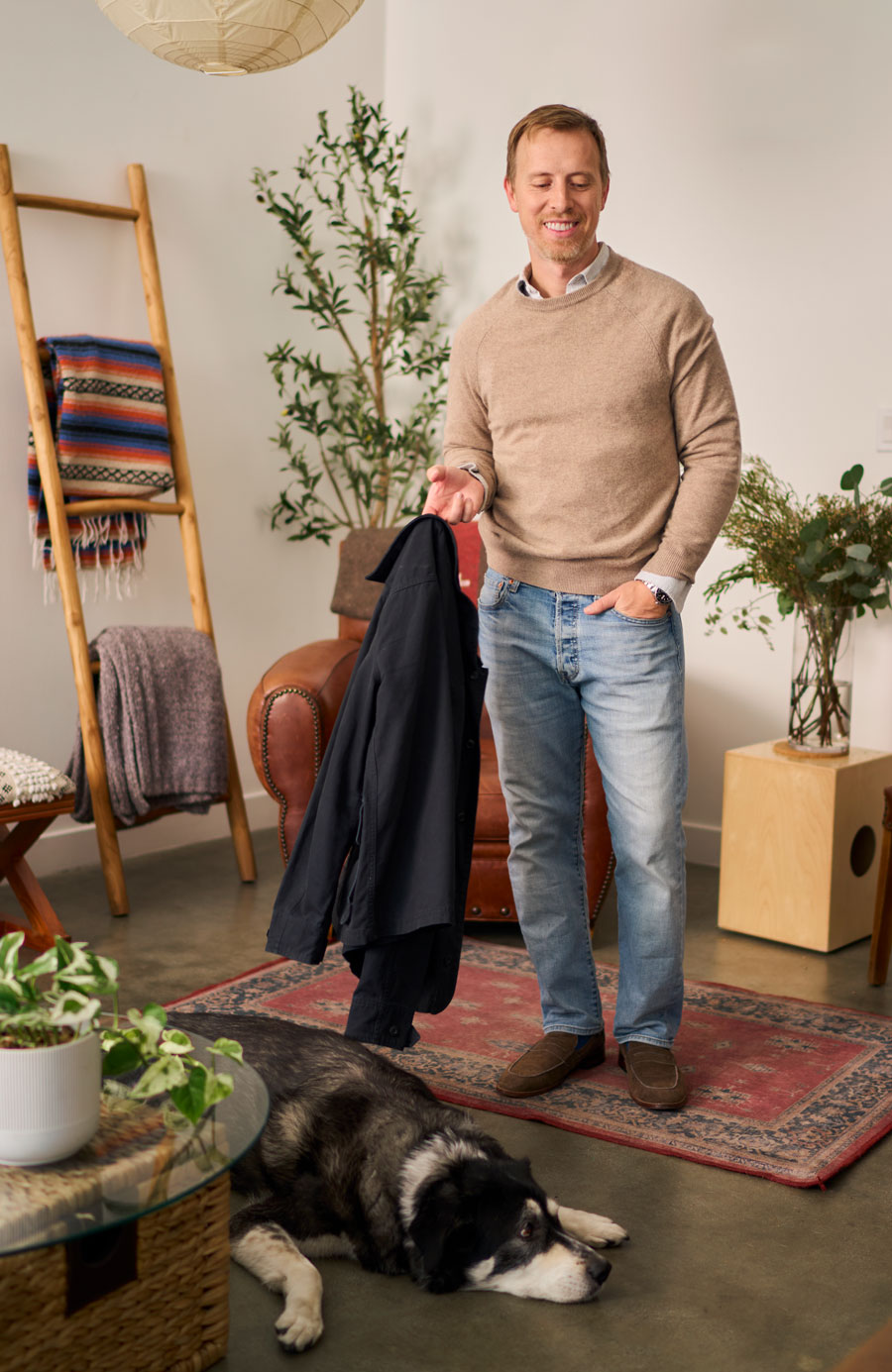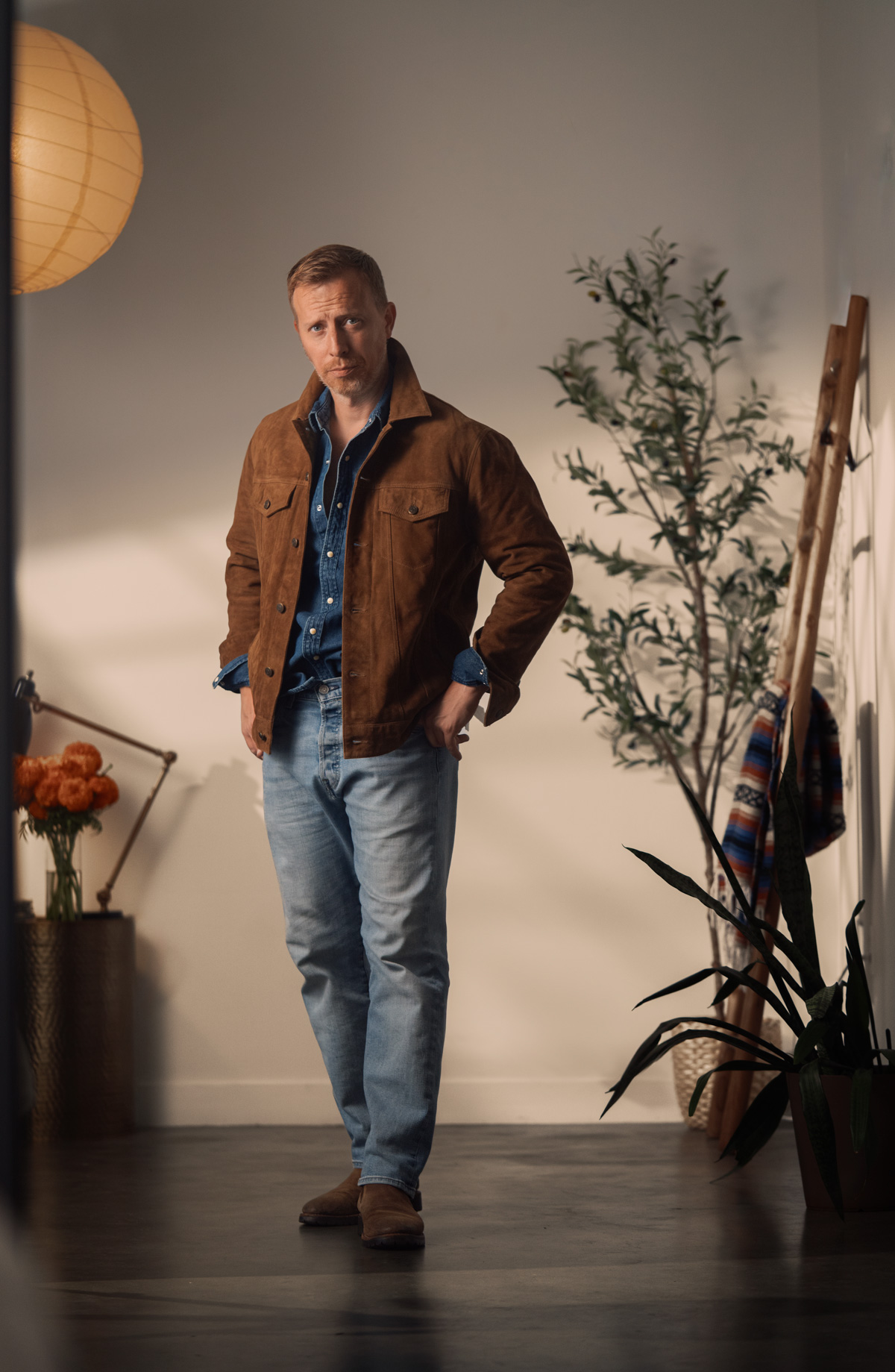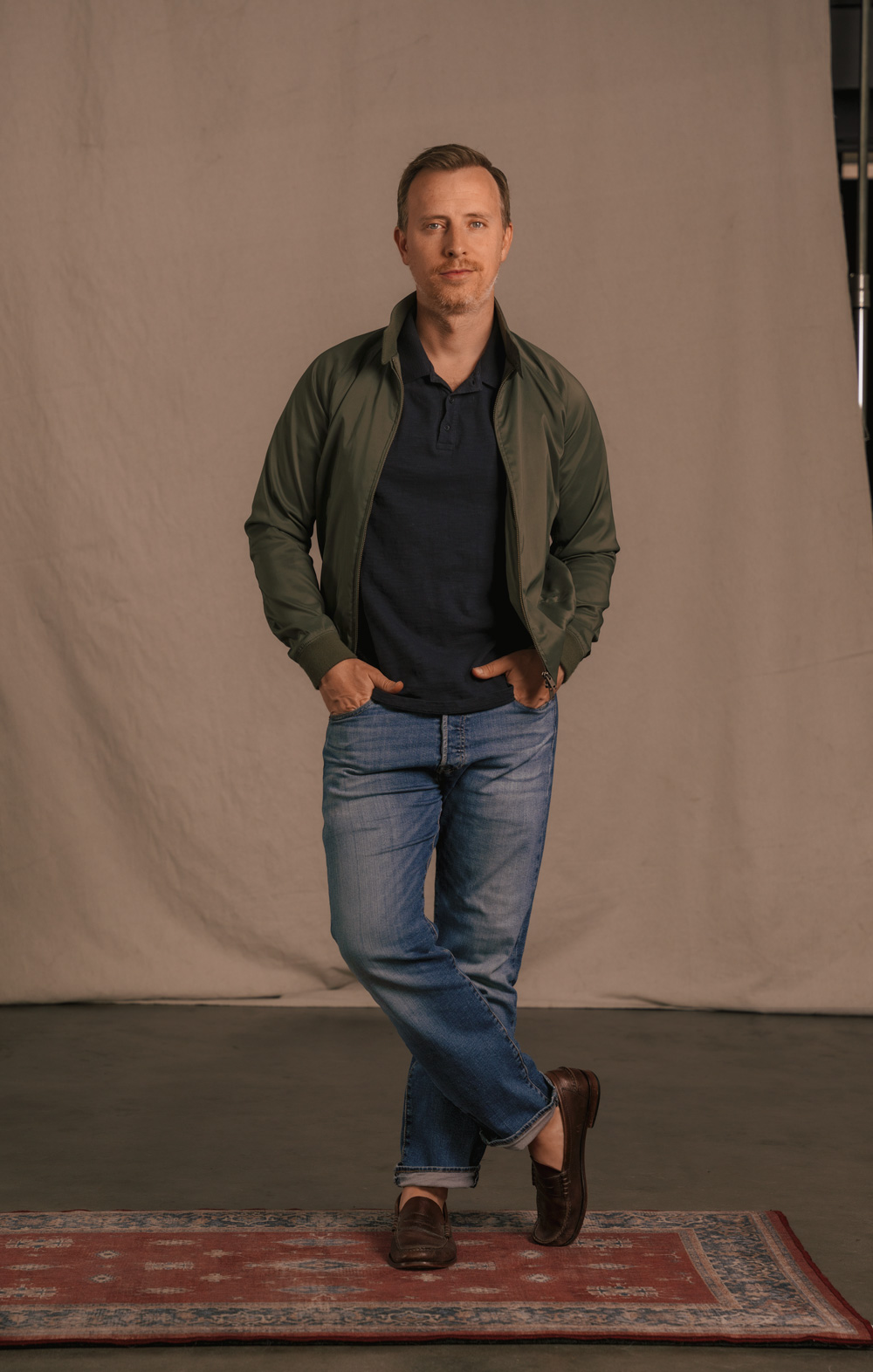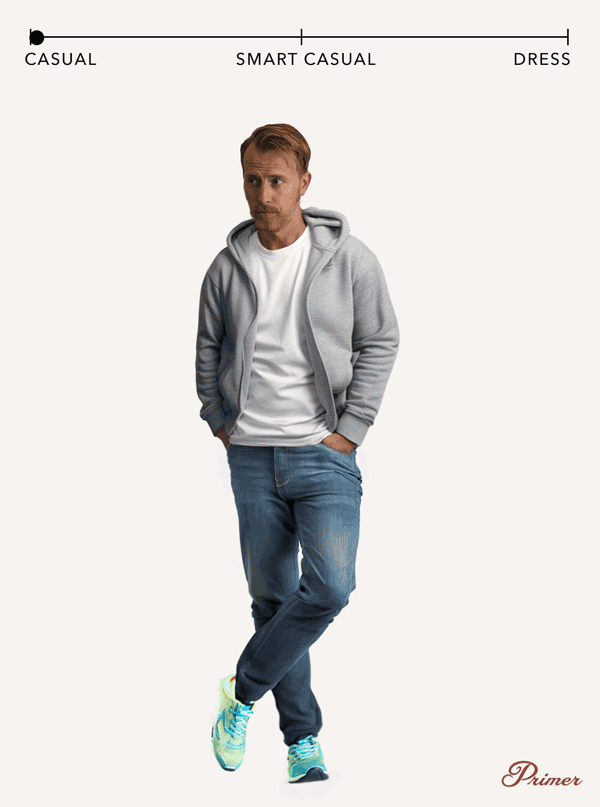The simple framework that makes everything feel sharper, easier, and more like you.
I’ve never considered Primer a “fashion” site. It’s a guide to showing up for yourself and others in a way that feels thoughtful and unforced. Personal style is both who you are and how you enter rooms.
I’ve used the term dressing intentionally, plainly and often, because it signals something deeper: how you show up, how you carry yourself, how you decide what matters. It gets to the root of what personal style is actually all about.
Personal style is one part personal expression of who you are and where you came from and one part a social exercise equivalent to manners and etiquette.
Do you shake someone’s hand and look them in the eye while you smile and introduce yourself? Why? Because we’ve been instructed, as a social exercise, this is what we’re to do.
Do you make an effort to stay off your phone while standing in a group conversation at a networking event? Why? Because we’ve been told we would appear rude if we did.
Our clothing choices are the same kind of social exercise. We wear what we wear to job interviews, weddings, first dates, dive bars, shooting ranges, golf courses, mother’s day dinners, piano recitals, pitch meetings, and jury duty because we’ve all acquired an innate understanding that there are social expectations attached to how we present ourselves in different situations. Whether we want to admit it or not, clothing is cultural fluency. It’s context-aware communication.
And when we avoid that communication, when we shut down and reach for the same three pieces every time not because they’re a uniform, but because we’re stressed, bored, or don’t want to think about it, we’re no longer choosing our message. We’re reacting to the pressure.
Dressing intentionally isn’t about overthinking or obsessing. It’s about thinking at all. Just 90 seconds of consideration, asking a few quick questions before you default to autopilot.
That’s all it takes. This piece breaks down the simple framework I use to do that every day.
Consider where you’re going.
The first step to dressing with purpose is knowing the context. Most of what you’ll wear hinges on practical details:
Are you eating outdoors at a restaurant?
You’ll want a light layer and sunglasses.
Going to a business event?
You might need a blazer, or maybe something more casual, depending on your industry or if it’s a mixer of young professionals.
Heading to a movie theater that’s cold and then dinner afterward?
That might influence your desire to have layers.

My point isn’t just about temperature, it’s about the context.
Once you understand the context, it becomes easier to answer the next question: What kind of impression do you want to make in that setting?
Consider how you want to be perceived.
Personal style is visual communication.
As I’ve said, it’s as much a social exercise as it is a form of personal expression.
Do you want to be perceived as chill and artsy? Refined and elegant? Carefree and bohemian? Rugged and no-nonsense? Playful and attractive?

All of these things can shift, not just based on your personality or general style, but also based on where you’re going and who you’ll be around. I wear all of these archetypes as a part of my own personal style, but it depends on the scenario.

I don’t wear a flowy open shirt with a necklace when I’m visiting my fiancée’s parents, and I don’t wear a tech polo to a birthday party at a poolside bar in August in Los Angeles, but I wear both of those looks in different contexts.

One of the most liberating realizations in personal style is that even if you’re maintaining some consistent aesthetics, you can still choose who you want to be perceived as based on where you’re going.
That freedom actually supports what you feel like wearing rather than restricting it.
Consider how dressy you want to be.
You’ve thought about where you’re going. You’ve considered what you’re doing. You’ve decided how you want to be perceived. Now, within that context, choose how dressed up you want to be.
The setting gives you the range. You pick your spot within it.
It’s a small choice that locks everything else into place
For example, I’ve been to many conferences full of guys in blazers, and there’s always at least one guy wearing a leather jacket with a dress shirt. He’s not out of place, but he is making a statement. His combination of an edgy element with business casual is an intentional choice about how he wants to be seen.

Similarly, I’m often overdressed when I visit my fiancée’s parents because I want to convey competency and respect.
If you’re going on a first date, your personal style becomes a tool: If you’re a buttoned-up office guy, you get to decide if you want to lean into that or intentionally lean away from it to signal something different. Even on casual dates, how put-together you are can communicate social fluency, polish, or intentional nonchalance.

Understanding the context of the event and then tweaking the dressiness level to align with what you want to communicate is essential.

Consider what’s comfortable today.
Then everything starts to fall into place.
Some days, I wear penny loafers when I don’t have to because of what it adds visually.

Other days, I feel like sneakers for comfort even if loafers would be more appropriate, and then adjust the rest of the outfit accordingly. It’s a push-and-pull equation.
You’re balancing variables. Swap a hoodie for a chore coat to elevate it. Swap a dress shirt for a t-shirt under your shawl collar sweater to make it more casual. Swap in chinos for jeans to add classic polish without overdressing.

Comfort isn’t just physical. Sometimes an outfit technically fits but doesn’t feel like you today. If you’re fidgeting or second-guessing a piece all day, that’s useful data. Feeling confident in what you’re wearing is part of being comfortable too.
You’re not stuck choosing between dressing well and feeling comfortable. You get to have both when you understand how to swap in certain pieces to balance the look. That’s the real power of dressing intentionally: it gives you options instead of tradeoffs.
Dressing intentionally means you’ve considered the variables. And this framework helps you know what those variables even are. That’s what gives you freedom, not restriction.
www.primermagazine.com (Article Sourced Website)
#Dressing #Intentionally #Means
